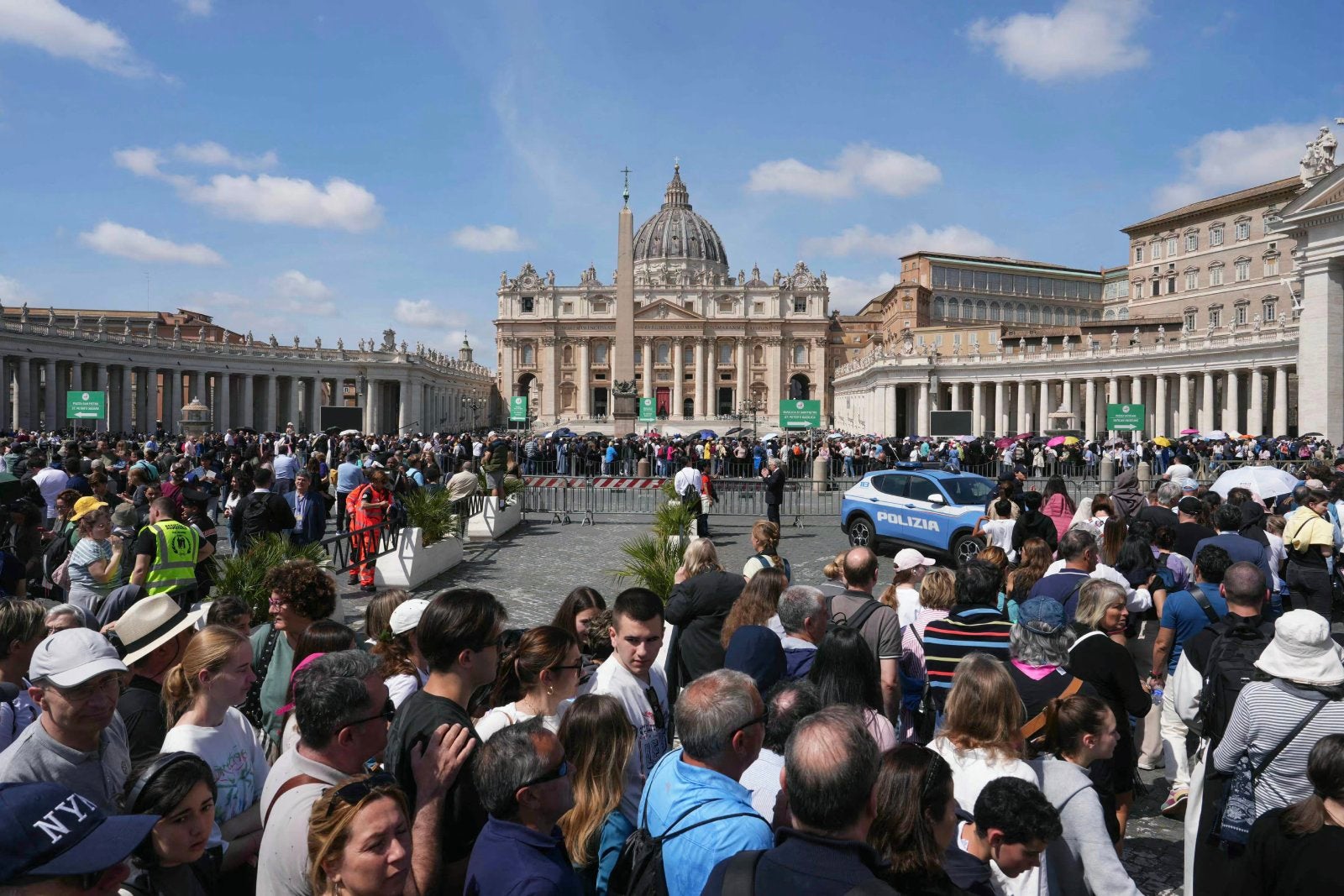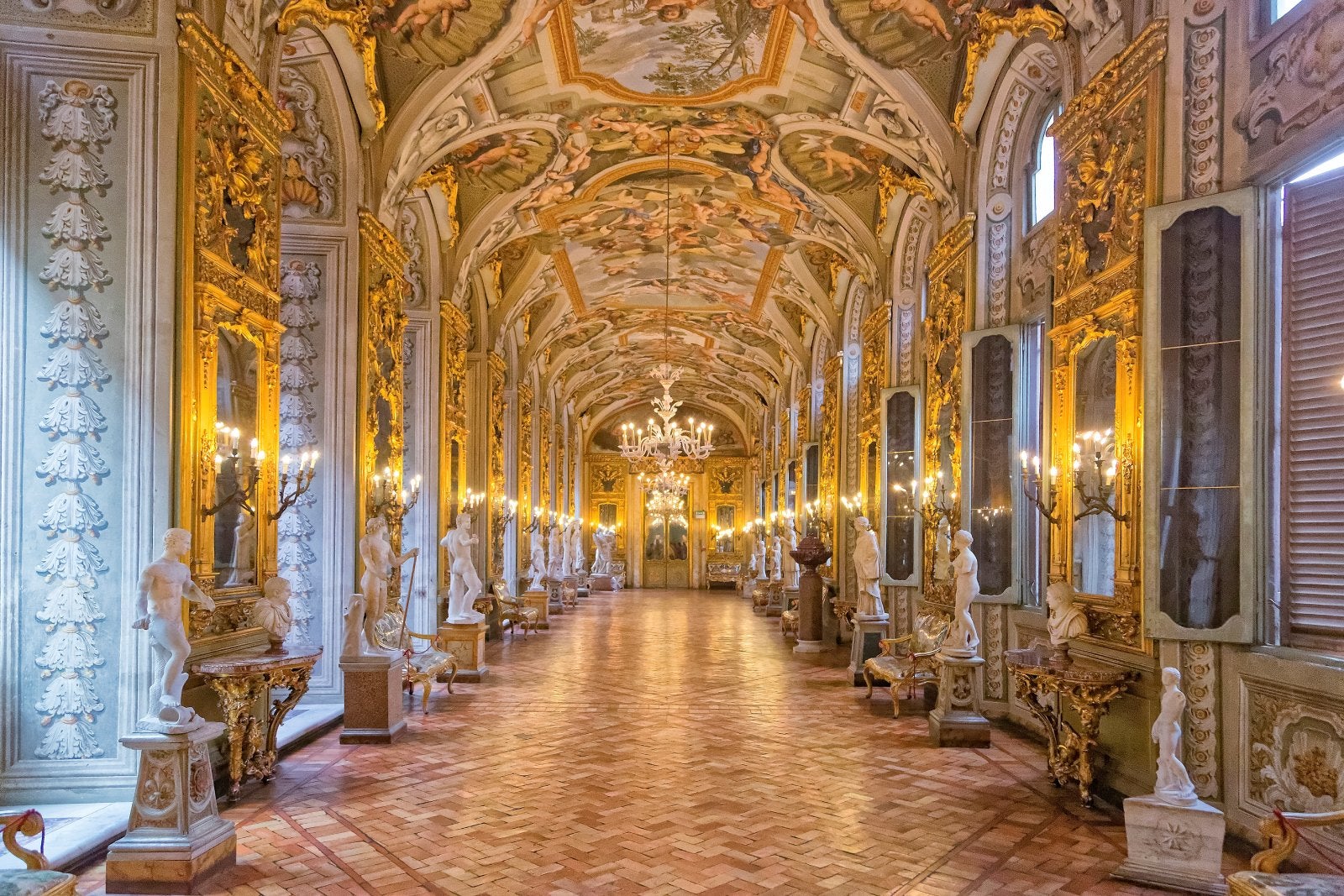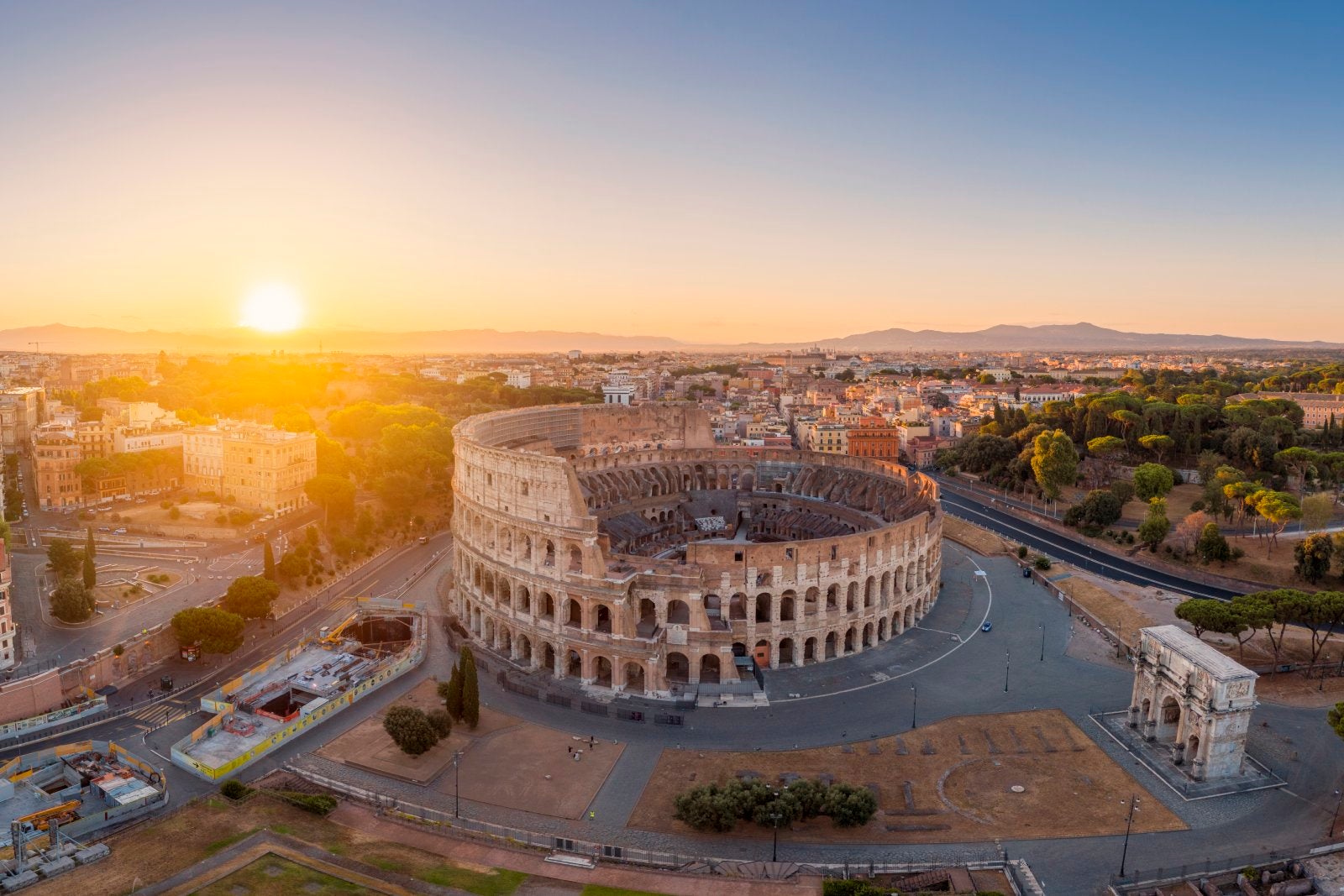For devout Catholics around the world, the 2025 Jubilee is a major reason to go to Rome. And now, with Pope Francis’s death on Easter Monday, world leaders, dignitaries, bishops and others will also be descending on the Vatican to pay their respects.
Occurring every 25 years since 1470, a Jubilee is an occasion for pilgrims to visit the religion’s holiest sites and ask for forgiveness for their sins. This means that Rome was already shaping up to be more crowded than ever. Italy’s National Tourist Research Institute estimates that 35 million visitors will descend on the Eternal City in 2025, and hotels are already selling out.
The Jubilee officially kicked off on Christmas Eve last year, with the opening of the Holy Door in St. Peter’s Basilica, and will end on the holy day of the Epiphany, Jan. 6, 2026. The Holy Doors at Rome’s three other papal basilicas — St. John in Lateran, St. Paul Outside the Walls and St. Mary Major — have also been opened. These Holy Doors, which Pope Francis opened ceremonially before his death, are bricked up and sealed between Jubilee years.
Pope Francis declared this Jubilee the Year of Prayer, with Jubilee days for various groups, including workers, the disabled, the elderly and prisoners. Concerts, conferences and other events are scheduled throughout the year.
“Planning ahead is the best way to orient oneself during a year when Rome will be full of tourists,” says Elisa Valeria Bove, CEO of Roma Experience, a luxury tour operator. “Last-minute bookings will be impossible.”
Of the clients who have already booked tours with her for 2025, some are coming for the Jubilee and want to pass through the Holy Doors, some are believers but haven’t requested to pass through the doors, and others are worried because they didn’t know about the Jubilee.
If you want to visit Rome this year, here are some tips to plan your trip around the ongoing Jubilee, Pope Francis’s funeral and the upcoming conclave to determine the next pope.
Will Rome be even more crowded now that the pope has died?
On Wednesday, April 23, the coffin containing the pope’s body was carried from the chapel of the Casa Santa Marta to St. Peter’s Basilica to lie in state for three days for the faithful to pay their respects. The funeral will be held on Saturday, April 26, at 10 a.m. in St. Peter’s Square, and will be followed by nine days of mourning.
In the days leading up to the funeral, you can expect St. Peter’s Square and St. Peter’s Basilica to be flooded with people. On Wednesday and Thursday, the basilica will have extended opening hours until midnight and on Friday, it will stay open until 7 p.m. to allow as many people as possible to pay their respects to Pope Francis.

Daily Newsletter
Reward your inbox with the TPG Daily newsletter
Join over 700,000 readers for breaking news, in-depth guides and exclusive deals from TPG’s experts
“No doubt there will be interminable lines in the square until Saturday, but after the funeral, he’ll be buried at Saint Mary Major, so I imagine there will be a pilgrimage of people going there,” Bove says.
When will the Sistine Chapel be closed for the conclave?
Following the mourning period, the College of Cardinals will hold a conclave inside the Sistine Chapel to elect the next pope. It’s impossible to predict how long the conclave will last, but the Sistine Chapel will be sealed off during that period.
According to Bove, the Sistine Chapel will be closed shortly after the pope’s funeral to prepare it for the conclave. “Lately, the conclave has been fairly quick, but the Sistine Chapel is usually closed for 10 or 12 days,” says Bove, who has tours scheduled to visit the Vatican in the coming weeks.
A majority of two-thirds plus one is required to elect the next pope, so the process often requires multiple rounds of voting, which can last for days or even weeks. Black smoke emerging from the Sistine Chapel’s chimney signifies no majority has been reached; white smoke means the next pope has been elected.
“Usually there are no reimbursements if they close the Sistine Chapel,” Bove explains. “We’re not canceling our tours, but guests will visit the museum without seeing the Sistine Chapel.”
Also, avoid the Vatican during the Jubilee’s busiest days
The Vatican is always busy during holidays like Christmas and Easter, which certainly won’t change during the Jubilee. But there are several Jubilee days, such as the Jubilee of Teenagers on April 25-27, that you might want to avoid as well. Though a few adjustments are being made for the pope’s funeral, it will still occur. According to Bove, a million youths are expected to visit then.
It’s also smart to plan Vatican visits later this year outside of the dates when the new pope will be present for events, according to Bove. She has experienced two Jubilees, first as a tourist in 2000 and then as a tour guide in 2016, when Pope Francis declared an extraordinary Jubilee of Mercy. “Avoid Wednesday when there’s the papal audience,” she says. “Tuesdays and Thursdays tend to be the least crowded.”
These days, Rome has very little in the way of an offseason, but the city tends to be its quietest in the winter, outside of the Christmas holidays. In the summer — especially August — Romans tend to leave on vacation, which also can make it quieter. Indeed, August is the only month without any Jubilee days scheduled. (However, it’s also when Rome is at its hottest, with temperatures in the 90s most days this past August.)
Seek alternatives to major landmarks
“I’m steering my clients toward other places, when possible,” Bove says. “Rome has a number of incredible alternatives.”
She suggests visiting Ostia Antica or the Villa of the Quintilii on the Appian Way as an alternative to the Roman Forum. Instead of the Borghese Gallery, try Palazzo Colonna or Palazzo Doria Pamphilj, two noble palaces whose owners have opened them up to visits.
Bove also recommends museums with antiquities collections, such as Palazzo Massimo alle Terme, the Baths of Diocletian and the Capitoline Museums, which tend to be less crowded than the Vatican Museums and the Colosseum.
“And don’t forget about places outside of Rome,” she says, suggesting a visit to Caprarola, a town about an hour north of Rome, where you can visit the incredible Villa Farnese, which is full of Renaissance frescoes, including a map room that inspired the one at the Vatican.
Isabella Calidonna, founder of Arches Running, which offers jogging and walking tours of Rome, has introduced a handful of new tours to show visitors alternative sides of the city.
One such tour touches on Catholic tropes by searching for the city’s Madonnellas, i.e., little shrines to the Virgin Mary. A new “stargazing” tour brings people to see starry skies painted inside the city’s churches. But she also offers plenty of tours that have nothing to do with religion, including a new “Emily in Paris”-themed tour.
Go as early — or late — as possible
Calidonna has long emphasized the early morning hours as the best time for her running tours, and she plans to double down on early morning tours in 2025. In the winter, her tours start at 7 a.m., while in the summer, they begin at 6 or 6:30 a.m.
Bove also recommends starting tours around 7:30 a.m. — or waiting until the evening, when most people are having dinner — to visit famous sites and squares like the Spanish Steps and Piazza Navona.
Some museums, including the Vatican Museums, have extended hours on certain days of the week. The Colosseum typically offers after-hour tours in the warmer months for visitors who want to avoid the heat and the crowds. It’s always a good idea to check for extended opening hours.
Bottom line
Rome will be crowded this year, often with religious pilgrims paying respects to Pope Francis or attending the 2025 Jubilee. Even in normal years, the city is crowded, so it’s important to keep things in perspective.



